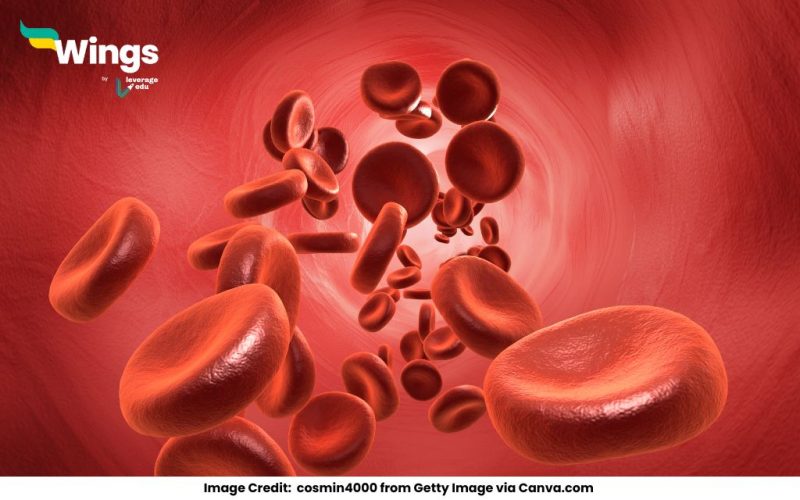Answer
Verified
Sahli’s Method is a widely used technique for estimating haemoglobin concentration in blood. It is based on colour comparison using a hemoglobinometer and is commonly used in medical laboratories and diagnostic centres.
Complete Answer:
Sahli’s method, also known as the acid hematin method, involves converting haemoglobin into acid hematin by mixing a blood sample with hydrochloric acid (HCl). The solution is then compared against a calibrated colour scale to determine the haemoglobin concentration.
Steps of Sahli’s Method
- Blood Sample Collection: A few drops of blood are taken using a Sahli pipette.
- Addition of HCl: The blood is mixed with 0.1N hydrochloric acid, which converts haemoglobin into brown-coloured acid hematin.
- Dilution: Distilled water is added dropwise until the colour matches the standard comparator.
- Reading the Result: The haemoglobin concentration is then read directly from the hemoglobinometer.
Advantages of Sahli’s Method
- Simple and Cost-effective: Requires minimal equipment and is easy to perform.
- Widely Used: Commonly used in resource-limited settings and small laboratories.
- No Need for Complex Instruments: Unlike automated analyzers, this method relies on visual comparison.
Limitations of Sahli’s Method
- Subjective Interpretation: The accuracy depends on the person comparing the colour.
- Less Precise Than Modern Methods: Automated techniques like spectrophotometry provide more precise results.
- Affected by Lighting Conditions: External light sources may influence the perception of colour.
Fun Fact About Hemoglobin
- Did you know? The colour of blood is red due to haemoglobin, which binds with oxygen to transport it throughout the body.
- Hemoglobin levels vary by age, sex, and altitude, with higher levels found in people living in mountainous regions due to lower oxygen availability.
Common Doubts
 60,000+ students trusted us with their dreams. Take the first step today!
60,000+ students trusted us with their dreams. Take the first step today!


 One app for all your study abroad needs
One app for all your study abroad needs










